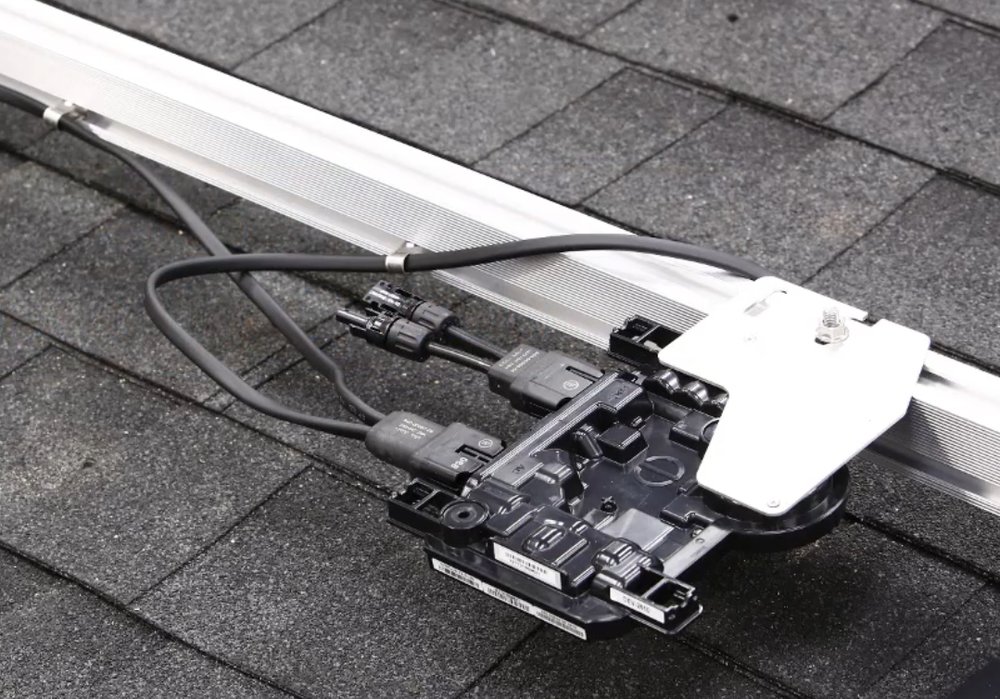Solar energy is a renewable and environmentally-friendly source of electricity, and more and more homeowners are choosing to install solar panel systems on their properties. One key component of a solar panel system is the inverter, which converts the direct current (DC) electricity produced by the panels into alternating current (AC) electricity, which is used in homes. In this article, we’ll take a look at how a residential solar system works using Enphase micro inverters, and explore the benefits and considerations of this type of system.
Here is an overview of how a residential solar system works using Enphase micro inverters:
- Solar panels are installed on the roof or ground of a home, and are connected to Enphase micro inverters.
- The solar panels capture sunlight and convert it into direct current (DC) electricity.
- The Enphase micro inverters take the DC electricity from the solar panels and convert it into alternating current (AC) electricity, which is the type of electricity that is used in homes.
- The AC electricity is then sent to the home’s electrical panel, where it is used to power the home’s appliances and lights. Any excess electricity that is not used by the home is sent back to the grid.
- The Enphase micro inverters also communicate with Enphase’s cloud-based monitoring system, which allows homeowners to track the performance of their solar panel system in real-time.
One of the key benefits of using Enphase micro inverters is that they allow each solar panel to operate independently, which can result in more efficient and reliable energy production. Additionally, Enphase micro inverters are known for their ease of installation and maintenance, as they do not require a central inverter or complicated wiring.
One of the main benefits of using Enphase micro inverters is their ability to optimize the performance of each individual solar panel. Traditional inverters operate by connecting all of the solar panels in a system together and converting the DC electricity from the entire array into AC electricity. This can result in reduced efficiency if one or more panels are shaded, dirty, or not functioning properly, as the performance of the entire system is affected.
Enphase micro inverters, on the other hand, are installed on each individual solar panel, allowing each panel to operate independently. This means that if one panel is not performing at its best, it will not affect the performance of the other panels in the system. This can result in a more efficient and reliable solar panel system overall.
In addition to their performance benefits, Enphase micro inverters are also known for their ease of installation and maintenance. They do not require a central inverter or complicated wiring, and can be easily swapped out if one panel or inverter needs to be replaced. They also come with a cloud-based monitoring system that allows homeowners to track the performance of their solar panel system in real-time, which can be helpful for identifying any issues and optimizing energy production.
Overall, Enphase micro inverters are a popular choice for residential solar panel systems due to their ability to optimize panel performance, ease of installation and maintenance, and monitoring capabilities. However, it’s important for homeowners to carefully consider their energy needs and budget, as well as local regulations and incentives, when deciding whether a solar panel system is right for them. A solar energy professional can help homeowners evaluate their options and design a system that meets their specific needs and goals.



